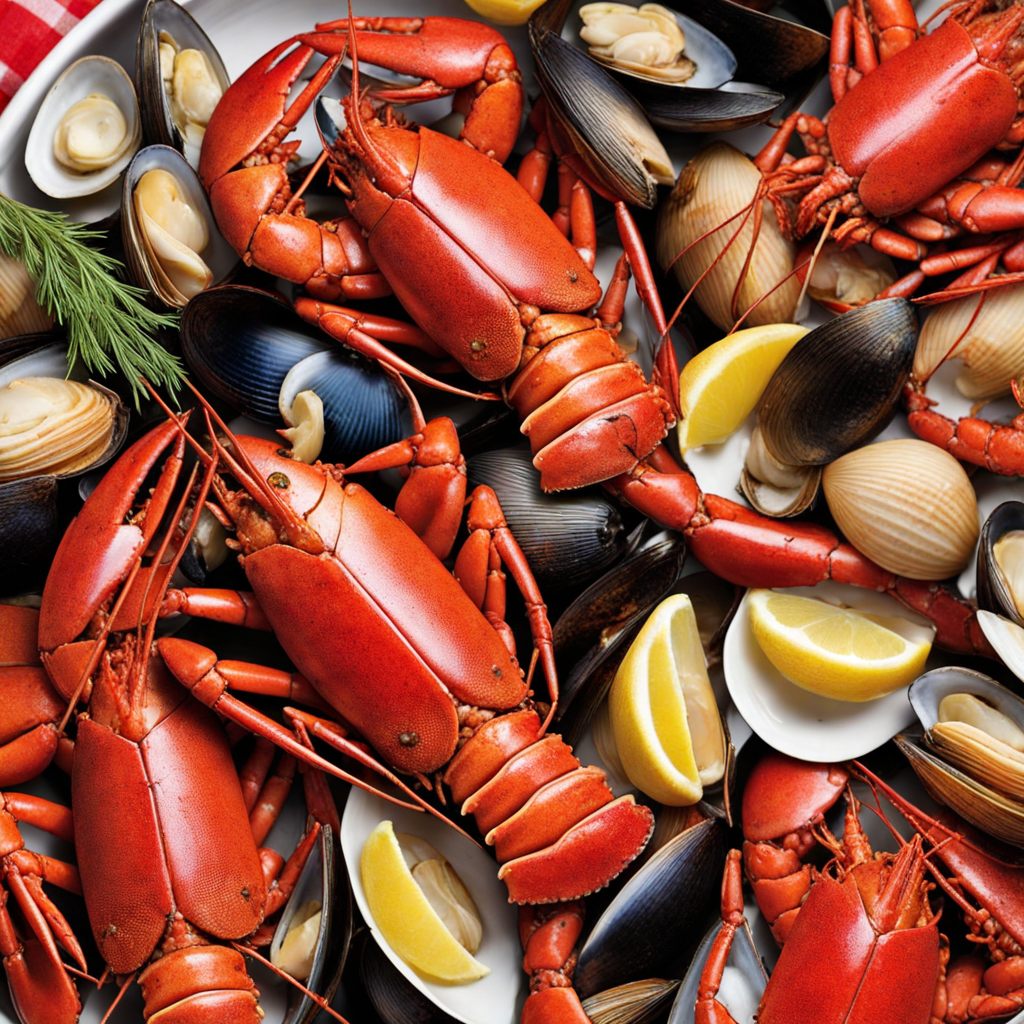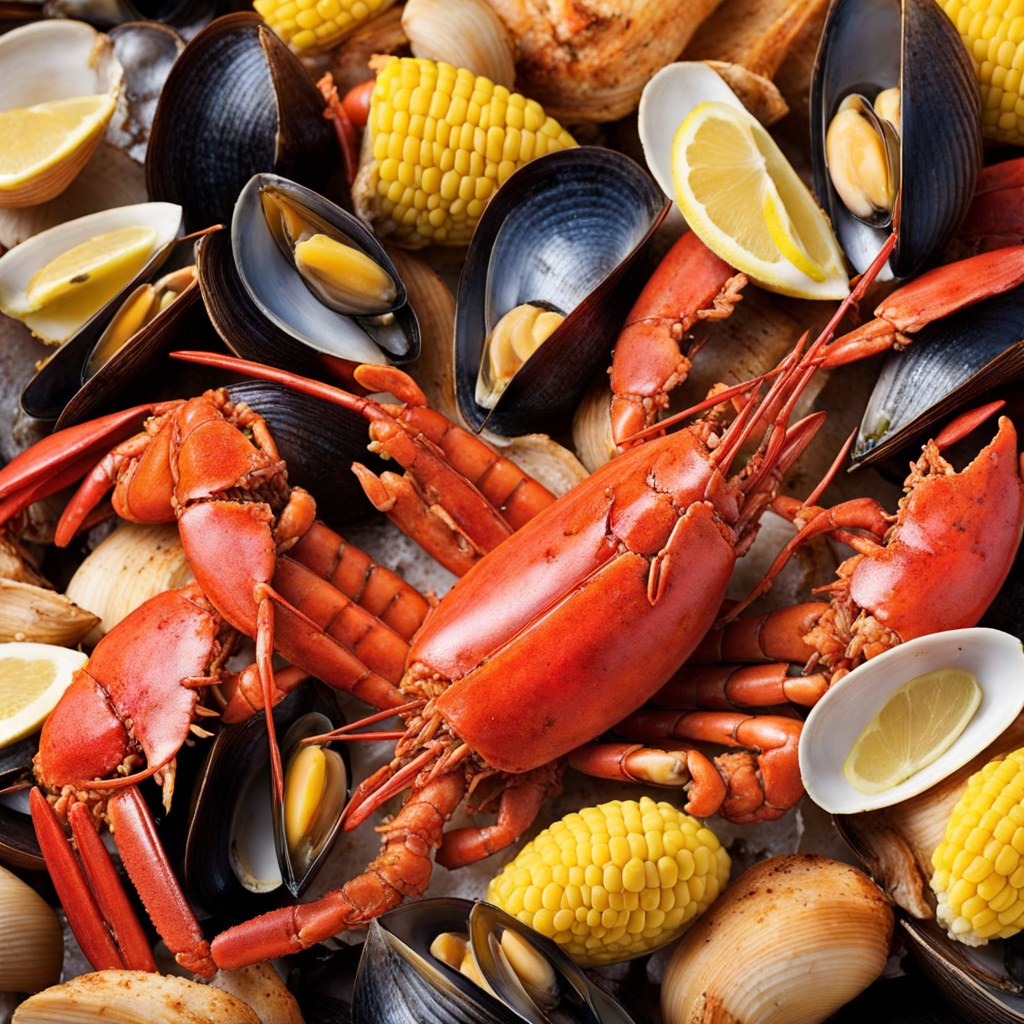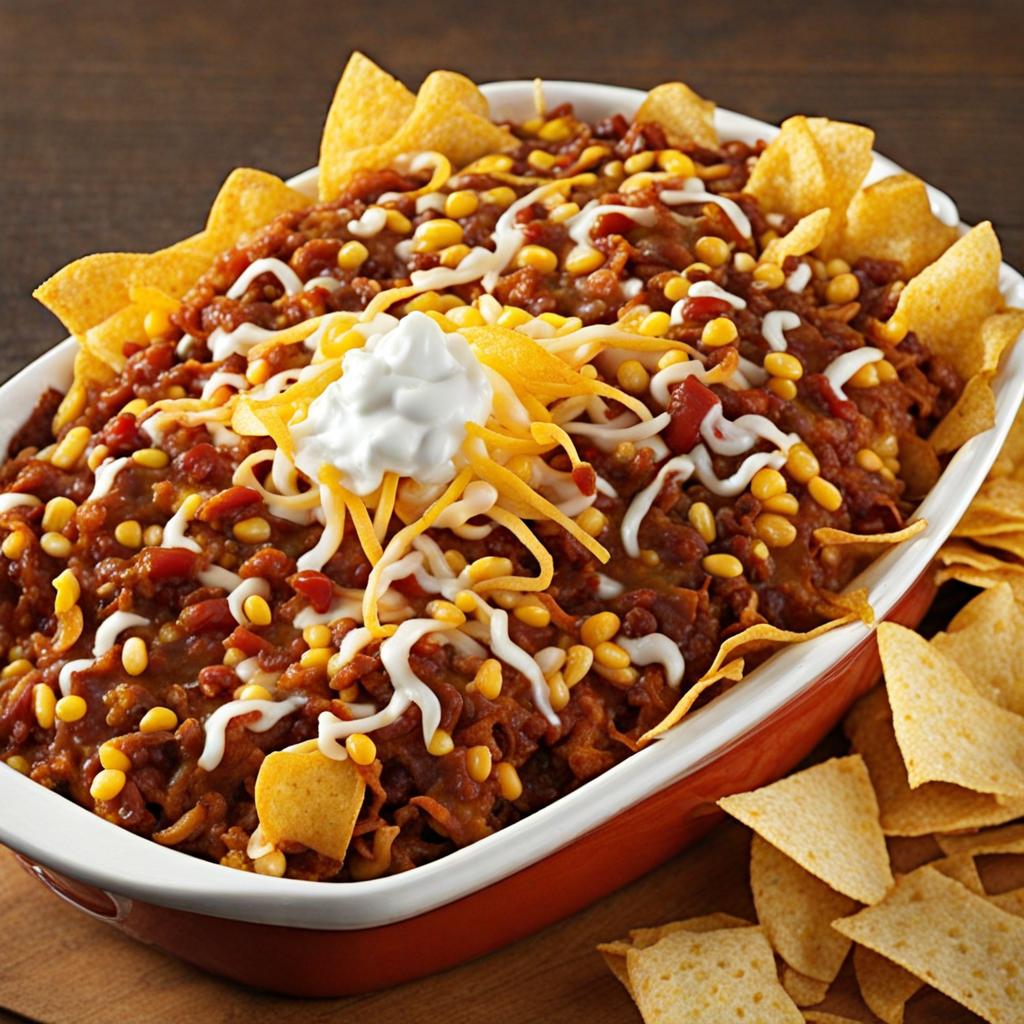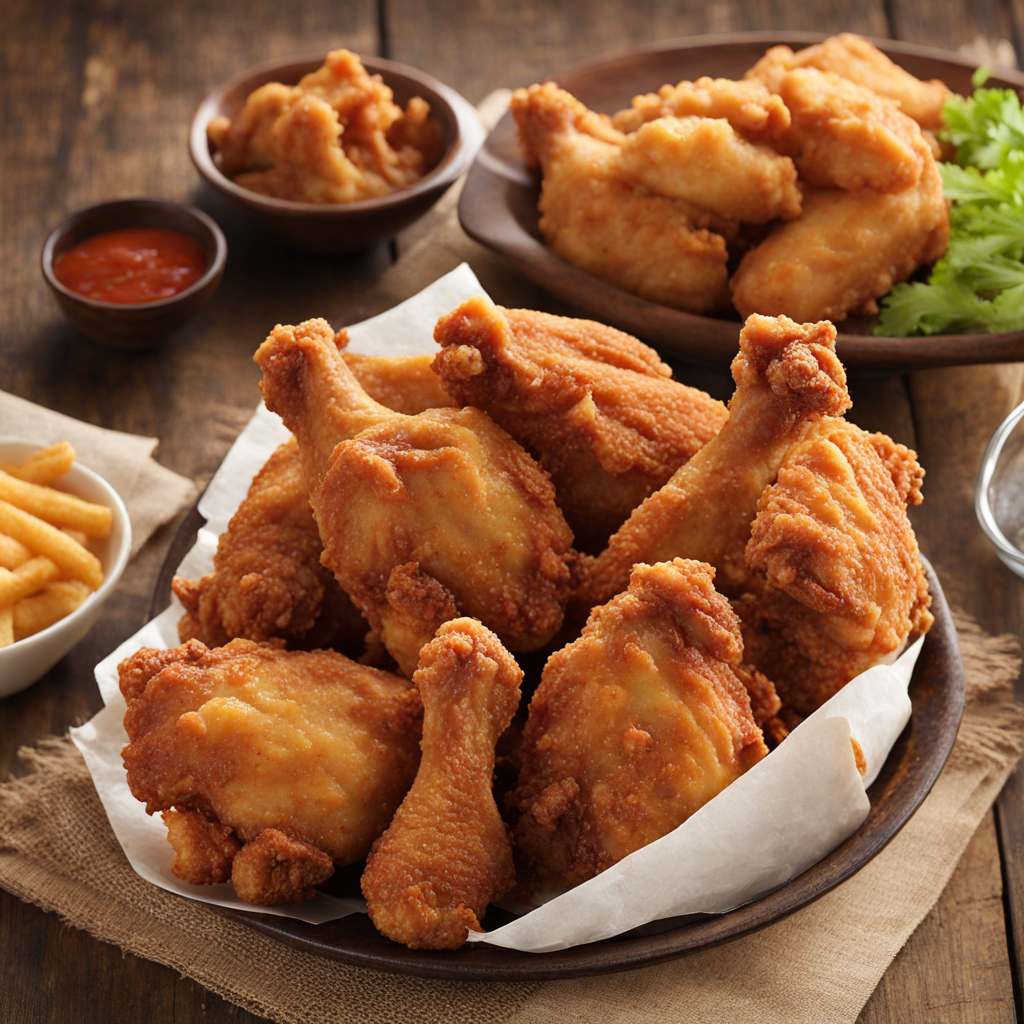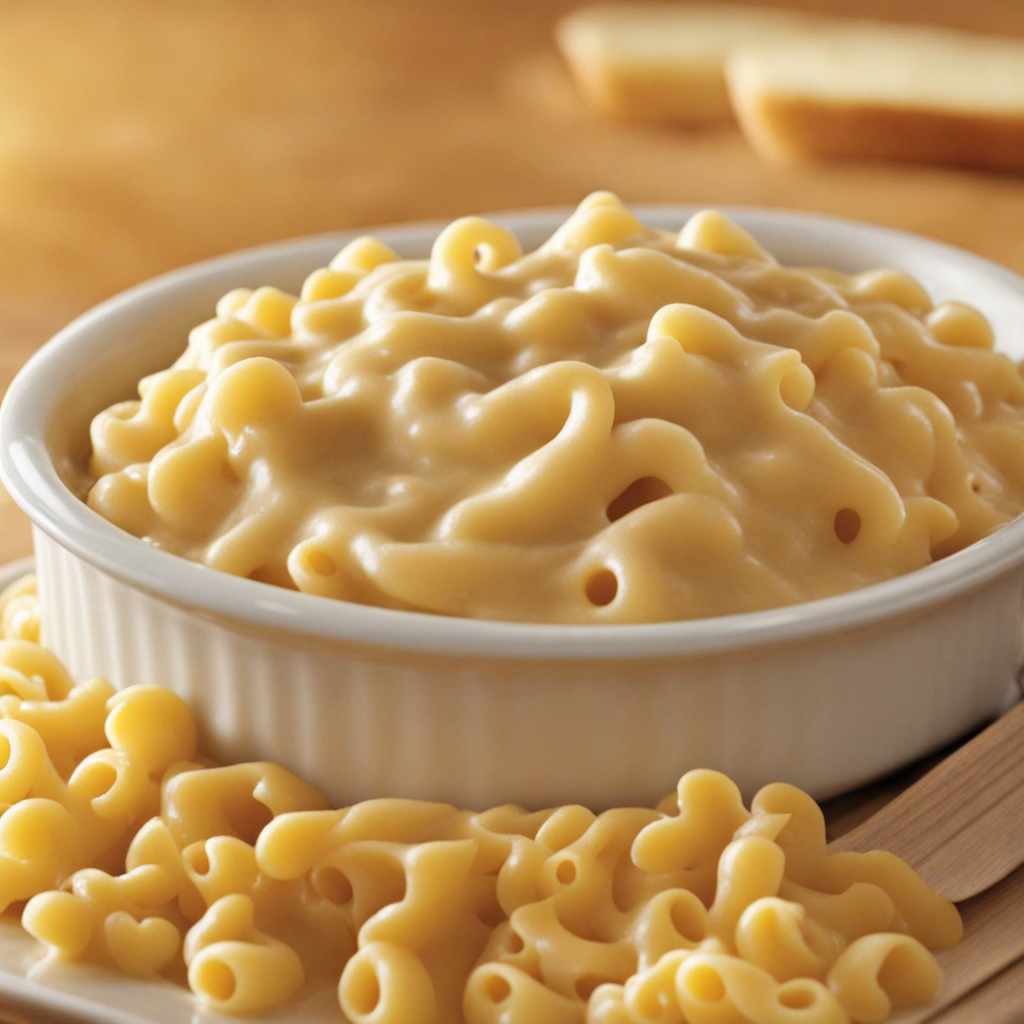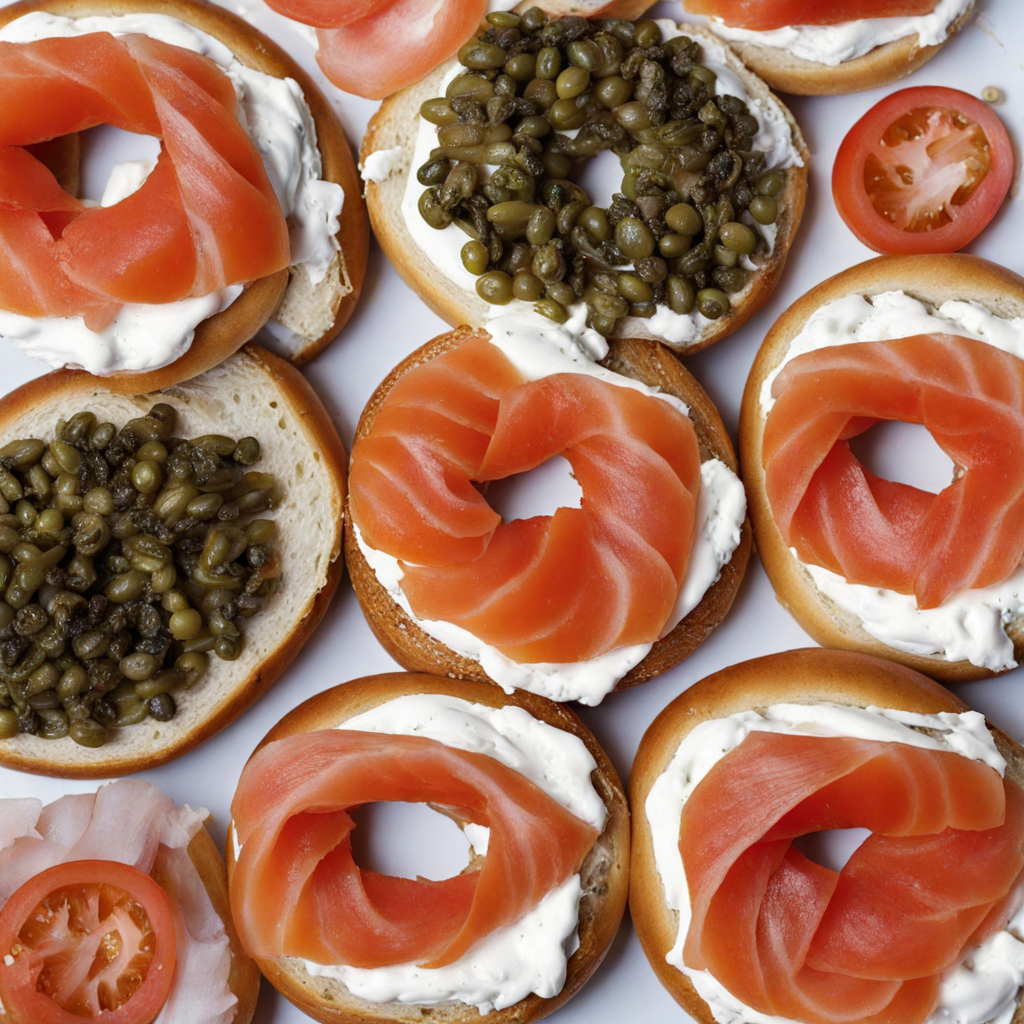Clambake
Clambake is a quintessential American seafood feast that embodies the spirit of coastal living, particularly in New England. This traditional dish typically involves a variety of shellfish, most notably clams, along with lobster, crab, and sometimes fish. The ingredients are layered with sweet corn, potatoes, and other vegetables, all of which absorb the flavors of the sea during the cooking process. The entire assembly is then steam-cooked over a bed of hot rocks, often in a pit lined with seaweed, which imparts a unique briny aroma to the dish. The result is a hearty, communal meal that is both rustic and celebratory, often enjoyed during summer gatherings and special occasions. The preparation of a clambake is as much about the atmosphere as it is about the food. Families and friends gather around to partake in the cooking process, which can be an all-day affair filled with laughter and storytelling. As the steam rises and the clams begin to open, the anticipation builds, creating a sense of camaraderie that enhances the dining experience. Once cooked, the ingredients are typically spread out on a large table covered with newspaper, encouraging a hands-on, casual approach to dining. Diners can dig in with their hands, cracking open shells and savoring the freshness of the seafood while soaking up the flavors of the accompanying sides. Each clambake can be slightly different based on regional variations and personal preferences. Some might include additional seasonings, such as garlic or herbs, while others may offer a smoky twist with the addition of meats like sausage. The versatility of clambake allows for creativity while still honoring its traditional roots. Whether enjoyed on a scenic beach or in a backyard, this meal offers a delightful journey into the tastes of the ocean, making it a must-try for anyone looking to explore the rich culinary heritage of the United States.
How It Became This Dish
The Clambake: A Culinary Tradition of the United States The clambake, an iconic culinary tradition along the coasts of the United States, is more than just a meal; it embodies a rich history intertwined with the cultural fabric of coastal communities. Its origins can be traced back to the Native American tribes of the Northeastern seaboard, who utilized an ingenious cooking method that has evolved over centuries to become a beloved social event. #### Origins: Native American Roots The practice of cooking shellfish by steaming them in a pit has its roots in the traditions of Indigenous peoples, particularly the Algonquin tribes, including the Wampanoag and Narragansett. They would gather clams, lobsters, fish, and various vegetables, such as corn and potatoes, and prepare them using a technique that involved digging a pit in the sand, lining it with stones, and heating the stones with a fire. The food would then be layered on top of the hot stones, covered with seaweed, and steamed to perfection. This method not only preserved the natural flavors of the ingredients but also created a communal atmosphere for dining, as families and communities gathered together to share the meal. The clambake was not merely a culinary practice; it was a cornerstone of social life among these tribes. It marked significant events, from harvest celebrations to communal gatherings, reinforcing social bonds and cultural identity. The use of clams and other seafood was also a reflection of the region’s bountiful marine resources, highlighting the relationship between the people and the environment. #### Colonial Influence and Adaptation As European settlers arrived in the 17th century, they encountered the clambake tradition and quickly adopted and adapted it. The English, in particular, were drawn to the abundance of shellfish, and the clambake became a popular method of cooking in the New World. However, the settlers introduced their own ingredients and cooking styles, blending them with Indigenous practices. This fusion led to the inclusion of items like sausages, potatoes, and even the use of beer, which added a new dimension to the clambake experience. By the 19th century, the clambake had evolved into a symbol of coastal American culture, particularly in New England. It became a popular summer pastime, especially among the affluent, who would host elaborate clambakes on the beaches. The event transformed from a subsistence meal into a social gathering, where families and friends would come together to enjoy a feast while basking in the sun and enjoying the ocean breeze. These gatherings were often marked by music, storytelling, and a sense of camaraderie, reinforcing the clambake's role in American social life. #### Cultural Significance in the 20th Century As the 20th century unfolded, the clambake continued to grow in popularity, becoming emblematic of American coastal leisure culture. The rise of the automobile allowed families to travel to coastal destinations, where clambakes became a staple of summer vacations. Coastal towns began to capitalize on this culinary tradition, with local restaurants and catering services offering clambake packages for tourists. In addition to its recreational significance, the clambake also took on a cultural and political dimension. During the 1930s, clambakes were used as fundraising events for political campaigns, particularly in New England. Prominent politicians would host clambakes to garner support from the local populace, using the communal meal as a means to connect with voters. This practice highlighted the clambake’s role as a unifying force within communities, transcending social and economic barriers. #### Modern Interpretations and Variations In recent decades, the clambake has seen further evolution, adapting to contemporary tastes and lifestyles. While traditional clambakes still take place, many have incorporated modern conveniences and variations. For instance, some people now opt for steaming clams and seafood in large pots on outdoor grills, eliminating the need for the traditional pit. This method is not only more accessible but also allows for a quicker preparation time, making clambakes more feasible for busy families and urban dwellers. Moreover, the clambake has expanded beyond its New England roots, with regional variations emerging across the United States. In the Mid-Atlantic, for example, the focus may shift to blue crabs and Maryland-style seasoning, while the Pacific Northwest incorporates local seafood like Dungeness crab and salmon. Each region adds its own unique twist, showcasing the diversity of American culinary practices and the adaptability of the clambake tradition. The rise of food festivals celebrating local seafood has also contributed to the clambake’s renewed popularity. Events such as the annual Clambake Festival in Maine attract thousands of visitors, eager to partake in this communal feast while enjoying the local culture and scenery. These festivals often include cooking demonstrations, live music, and artisan vendors, creating a vibrant atmosphere that honors the historical significance of the clambake while embracing modern culinary trends. #### Conclusion The clambake is a testament to the rich tapestry of American culinary history, reflecting the convergence of Indigenous traditions and European influences. From its humble beginnings as a communal meal among Native Americans to its status as a beloved social event, the clambake has evolved while retaining its cultural significance. Today, it continues to be a symbol of community, tradition, and the bountiful resources of the American coastline. As we gather around tables filled with steaming clams, lobsters, and corn, we not only celebrate the flavors of the sea but also the stories and connections that have shaped this cherished culinary tradition. The clambake reminds us of the importance of food in fostering relationships, preserving heritage, and creating lasting memories, ensuring that its legacy will continue for generations to come.
You may like
Discover local flavors from United States


